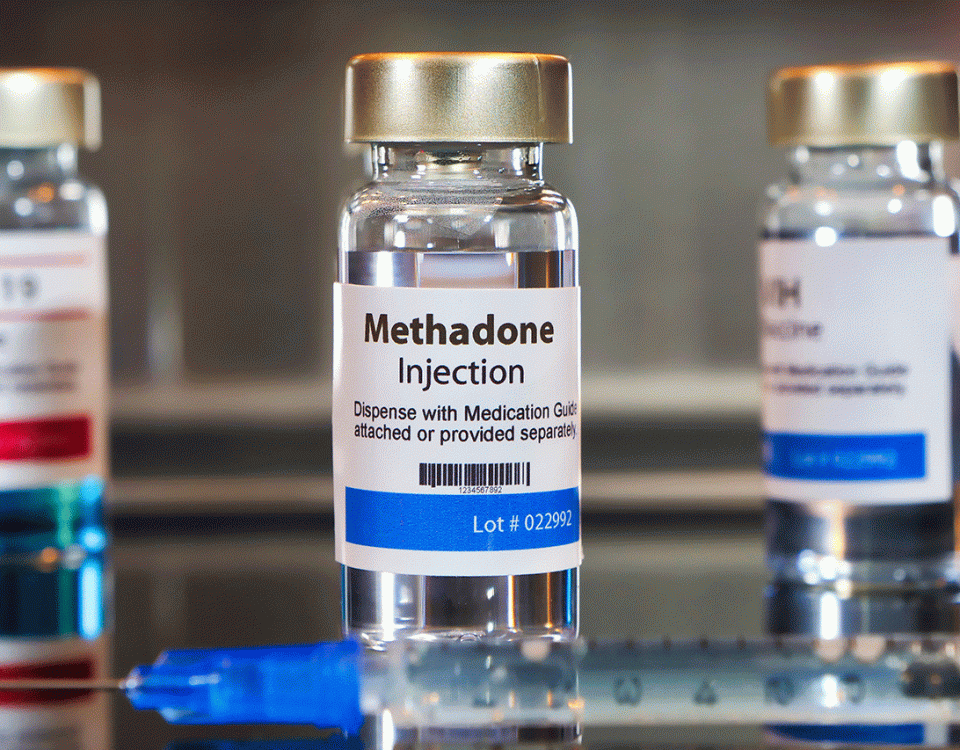Alcoholics, or people with alcoholism, differ in many of their personal and drinking-related behaviors. Considering that more than 86.5 percent of Americans ages 18 and older reported alcohol consumption at some point in their lives, any information we can gain about alcoholic behavior can help.1 Understanding the different types of alcoholics can advance our understanding of the condition itself and contribute to improvement in alcoholism treatment efforts.
What Is an Alcoholic Personality?
An alcoholic personality refers to someone whose character has been consumed by alcohol. Although alcohol and the stages of alcoholism affect people differently, people with this disorder tend to share certain characteristics and traits. If you’re struggling to control your drinking or suspect that a loved one has an alcohol problem, look out for these common alcoholic personality traits:
- A constant focus on alcohol
- Drinking alone
- Self-isolation
- Blaming others
- Frequent excuses for their behaviors
- Being defensive when confronted about drinking habits
- Uncontrolled drinking
- Financial struggles linked to alcohol consumption
- Shifting priorities because of alcohol
- Reckless behavior
Because everyone is different, a drinking problem may be less obvious in some people than others. In fact, some people are actually what’s referred to as high-functioning alcoholics, which are individuals who have alcohol use disorders but can function regularly and keep up with their responsibilities. But even in these cases, eventually, the person’s alcohol use takes priority over other things, and the problems become more evident.
Our addiction treatment and medical detox in Delaware can assist in the early stages of recovery and help you or a loved one transition to a sober lifestyle. If you’re ready to take the first step, we’re here for you.
The 5 Types of Alcoholics
Yes, there are different kinds of alcoholics, each of which has their struggles and are at varying stages of the same disorder. Although there’s a stereotype of a “typical alcoholic,” a study from the National Institute on Alcohol Abuse and Alcoholism (NIAAA), the National Institute of Health (NIH), and the National Epidemiological Survey on Alcohol and Related Conditions (NESARC) put it to the test.
The national and clinical study conducted by these organizations found that there are five types of alcoholics:
- Young Adult Subtype
- Functional Subtype
- Intermediate Familial Subtype
- Young Antisocial Subtype
- Chronic Severe Subtype
These alcohol categories or subtypes were determined based on factors like the age of the individual, the age they started drinking, the age they developed alcohol dependence, whether they have a family history of alcoholism, the presence or absence of co-occurring mental illness, and the presence or absence of other substance use disorders.
These subtypes are not to be used to formally diagnose anyone with alcohol use disorder but rather serve as resources to help addiction specialists and medical professionals better understand the disease. However, if you recognize any of the traits listed in our guide below, our Milford treatment center encourages you to seek out alcohol addiction treatment.
Young Adult Subtype
Young alcoholics make up around 31.5% of alcoholics, making it the largest single group.2 These are young adult drinkers with low rates of co-occurring substance use and mental health disorders, a low rate of family addiction, and who rarely seek help for their drinking.
This group tends to start drinking at the age of 18 or 19 and eventually develops alcohol dependence around the age of 24. Young adult subtype alcoholics are less likely to have full-time jobs and more likely to be in college than any other kind of alcoholic. They’re also less likely to be married, more likely to binge drink, and are made up of more males than females (2.5 times more likely, to be exact).2
Young Antisocial Subtype
Young antisocial subtypes make up 21% of alcoholics in the U.S.2 These tend to be drinkers in their mid-twenties who had an early onset of drinking and alcohol problems. More than half are shown to come from families with a history of alcoholism, and about half have a co-occurring antisocial personality disorder.
Considering that alcohol impacts mental health, many of these subtypes also have disorders like depression, bipolar disorder, and anxiety. More than 75% of young antisocial alcoholics smoke cigarettes and marijuana, and many also have co-occurring cocaine and opioid addictions.2 This group has the lowest levels of education, employment, and income of any group.
They tend to drink more in one period and overall than other groups, although they drink less frequently. They also have the highest rates of treatment, including services like self-help groups, substance-specific treatment programs, and detox programs.
Functional Subtype
The functional subtype alcoholic is also what’s known as a “functioning alcoholic.” Functional alcoholics make up 19.5% of alcoholics and are made up of people who can hold down jobs and relationships despite their drinking habits. This group is primarily composed of middle-aged people (41) who started drinking around 18 years old and developed alcohol dependence later in life (around 37).
This group mostly suffers from depression and lower rates of other mental health disorders and also tends to engage in cigarette use. Around 60% of functional subtypes of alcoholics are male.3 Additionally, of all subtypes, functional alcoholics are least likely to have legal problems and more likely to have higher education and incomes.
Most are also married and may even be the people that others look up to for advice or support. However, they still struggle with addiction, as put together as they may seem.
Intermediate Familial Subtype
The intermediate familial subtype of alcoholic makes up 19% of U.S. alcoholics and are predominantly composed of middle-aged people, where about half come from families with a history of multigenerational alcoholism. Almost half of this group have experienced clinical depression, about 20% have had bipolar disorder, most have engaged in cigarette use, and one in five have abused cocaine and marijuana.2
Alcoholics in the group usually started drinking younger, around 17, and developed alcohol dependence earlier in life (around 32). 64% of alcoholics in this group are male. The group also has a higher education level than most but not as high as functional subtype drinkers.
Chronic Severe Subtype
Chronic severe subtypes make up only 9.2% of American alcoholics, but their disorders tend to be much more severe than other groups. People in this group tend to start drinking at a young age (15) and typically develop alcohol dependence around 29 years of age. 77% of this group have close family members with alcohol use disorders, the highest of any subtype
.47% of the members in this group exhibit antisocial personality disorder at the second-highest rate of any group. Major depression, dysthymia, bipolar disorder, generalized anxiety disorder, social phobia, panic disorder, nicotine, marijuana, cocaine, and opioid addiction are also most common in this group. Despite making up only a little over 9% of U.S. alcoholics, two-thirds of chronic severe subtypes seek help for their drinking problems, making them the most prevalent type of alcoholic in treatment.2
Other characteristics of chronic severe subtypes of alcoholics include:
- Higher rates of acute alcohol withdrawal and persistent efforts to reduce symptoms
- Higher rates of drinking despite evident problems
- Drinking large amounts of alcohol for longer than intended
- Reduced activity due to drinking
- Highest rate of emergency room visits due to drinking compared to other subtypes
- Highest rate of divorce and separation compared to other subtypes
What Kind of Alcoholic Are You?
Although these alcoholic categories are not designed to diagnose people, they can provide the necessary tools needed to identify whether you or a loved one might have an alcohol use disorder. With that said, if you or someone you care about falls into any of these categories, don’t wait to hit rock bottom to get help.
Our Milford rehab offers inpatient addiction treatment for all kinds of drug use disorders. Starting with medical detox and “ending” with continued support via our alumni program, clients at our facility are led through every step of their recovery by our specialists.
For more information about our Delaware addiction treatment and how to get started, call Banyan Treatment Center Delaware today at 888-280-4763.
Sources:
1. NIH - Alcohol Facts and Statistics
2. NIH - Researchers Identify Alcoholism Subtypes
3. NCBI - Subtypes of Alcohol Dependence in a Nationally Representative Sample
Related Reading:
The Kindling Effect: When an Alcoholic Relapses
Why Does Alcohol Make Me Angry?
Alcohol Kills Brain Cells: Fact or Myth?









